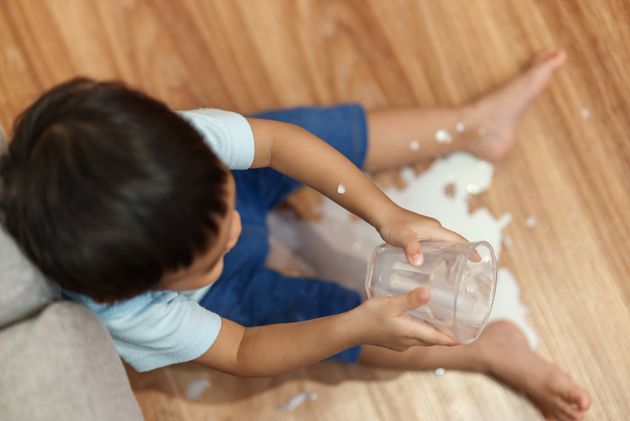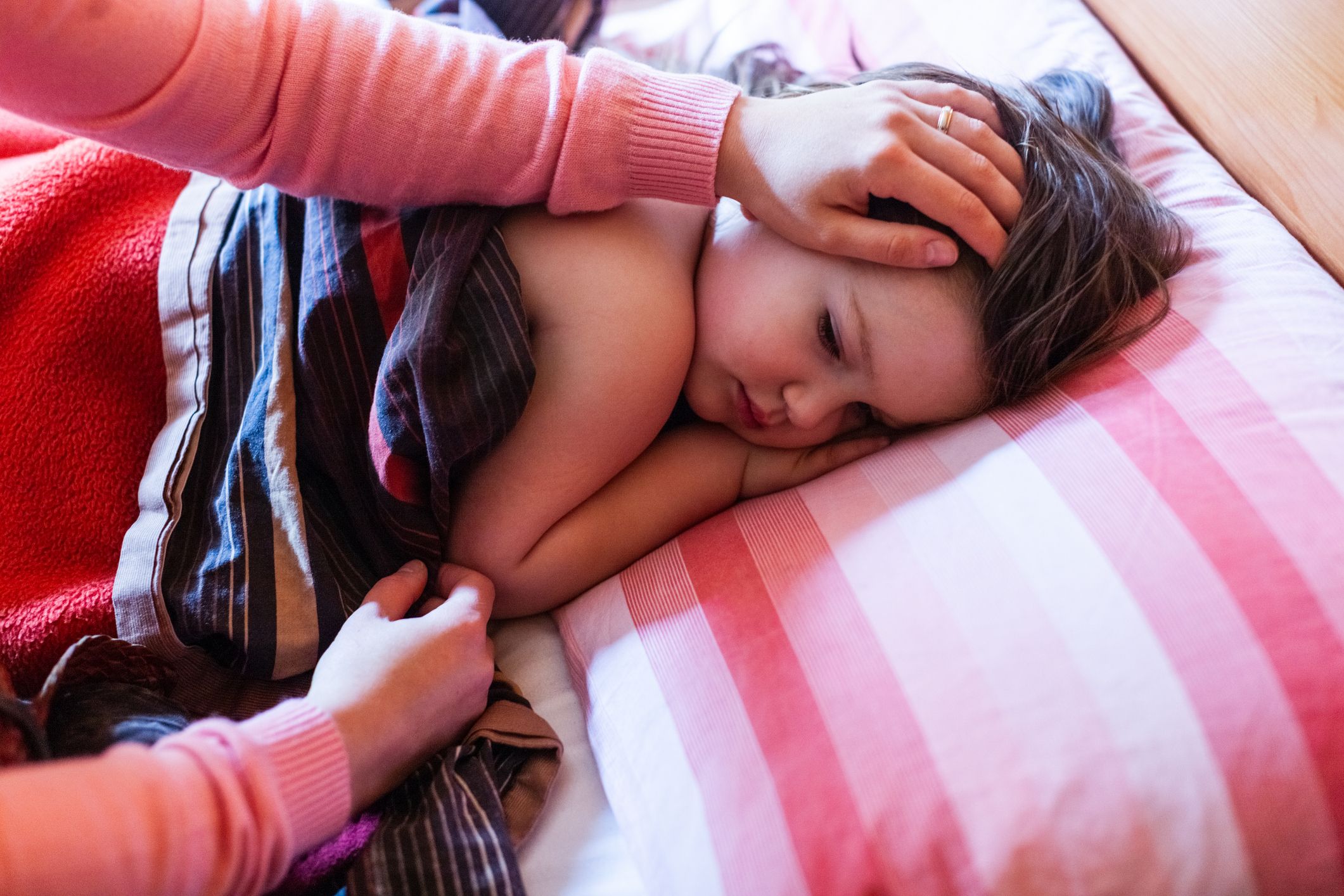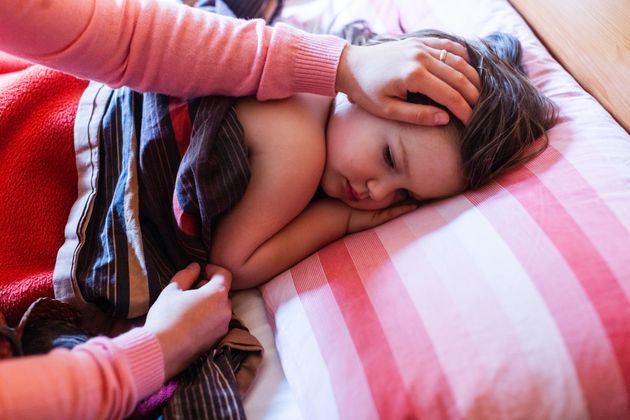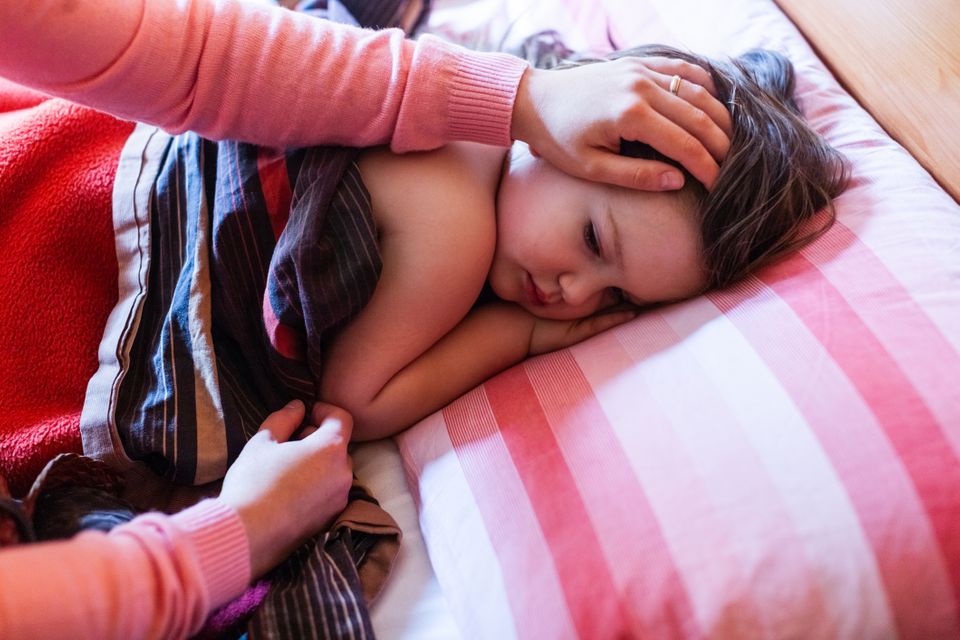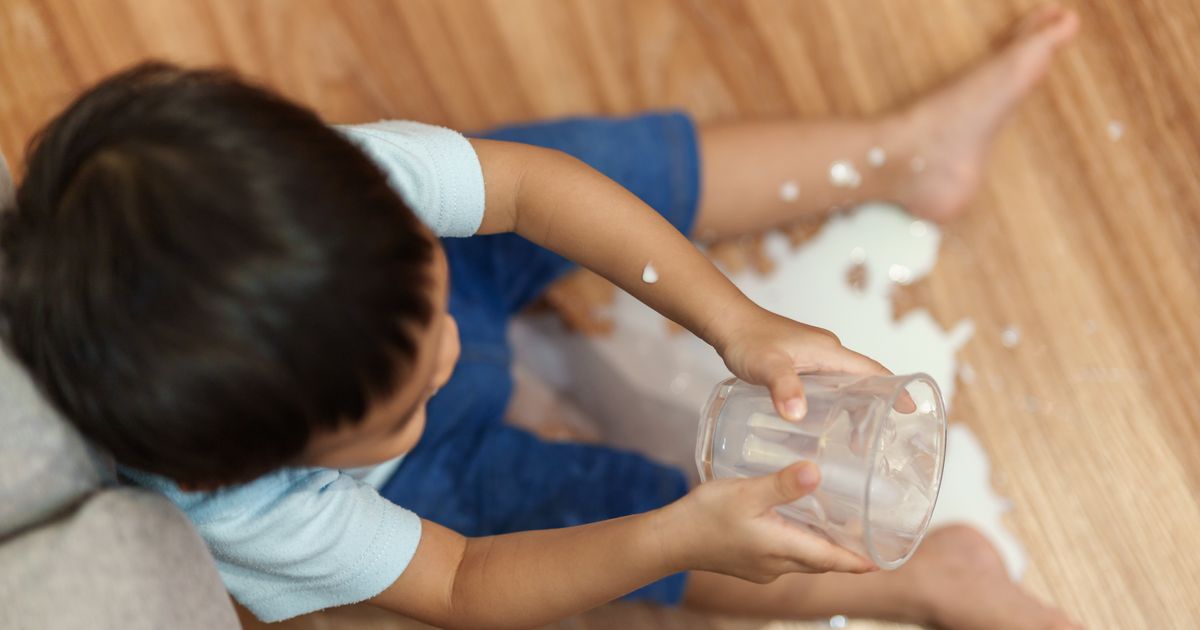
The first year of an infant’s life is dependent on milk. Whether you choose to breast feed or give formula, milk makes up all the calories they need.
Of course after 6 months of age you can start weaning them on to food, but this is to get infants ready for eating solids as part of their daily diet by 12 months. Before that, food is essentially getting them to practice the skill of eating.
Advertisement
However, if they are eating solids, the milk intake will be less than it was when they were infants.
Above the age of 12 months, children can have full fat cows milk instead of formula, and the NHS recommends you give your child at least 350ml (12oz) of milk a day.
But what happens if your toddler refuses milk all together?
My daughter began to refuse milk completely at 14 months after we decided to transition her to a beaker instead of bottle. This came as a shock because for the first year of her life all she did was drink milk.
She also wasn’t great at eating solid foods at 14 months, but that might have been because of the amount of milk she was drinking before she quit cold turkey.
After a lot of stressing, I learned that if your child doesn’t drink milk, it’s actually OK as long as you make up the calcium in other ways.
Advertisement
Children from the age of 1 to 3-years-old need 350mg of calcium a day and the NHS suggests you can give two servings of foods made from milk, such as cheese, yoghurt or fromage frais if your child doesn’t have milk.
You should be giving your child a variety of calcium-rich foods as well as keep offering milk as they might eventually find their way back to it. According to the Centre of Family Medicine you can try adding milk to foods to up their intake.
These foods can include:
- pancakes,
- scrambled eggs,
- smoothies,
- breakfast cereals
- oats/porridge
With foods that are usually made with water, you can also try replacing with milk.
If you’re really worried about the lack of calcium your child is getting, make sure to contact your GP.

